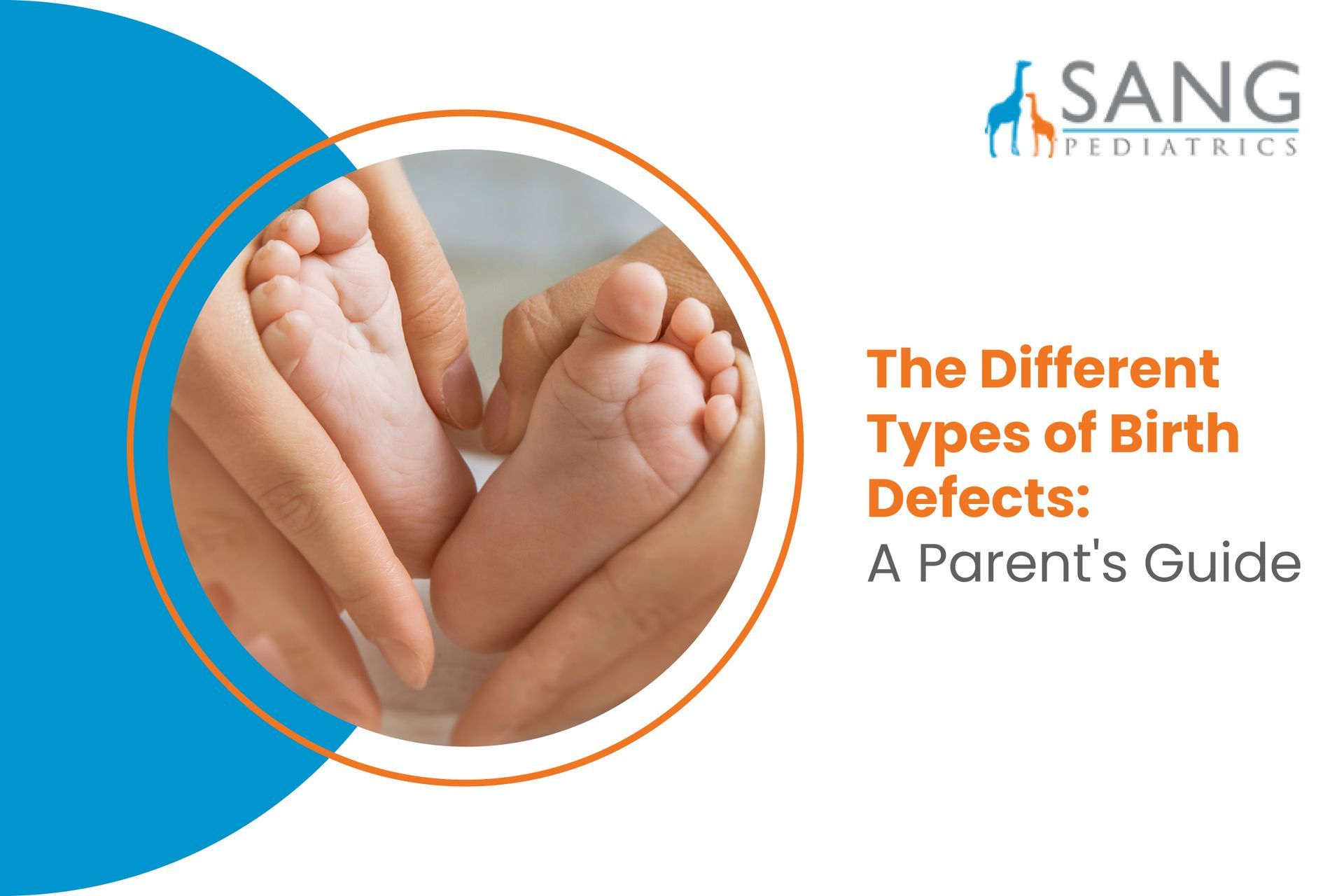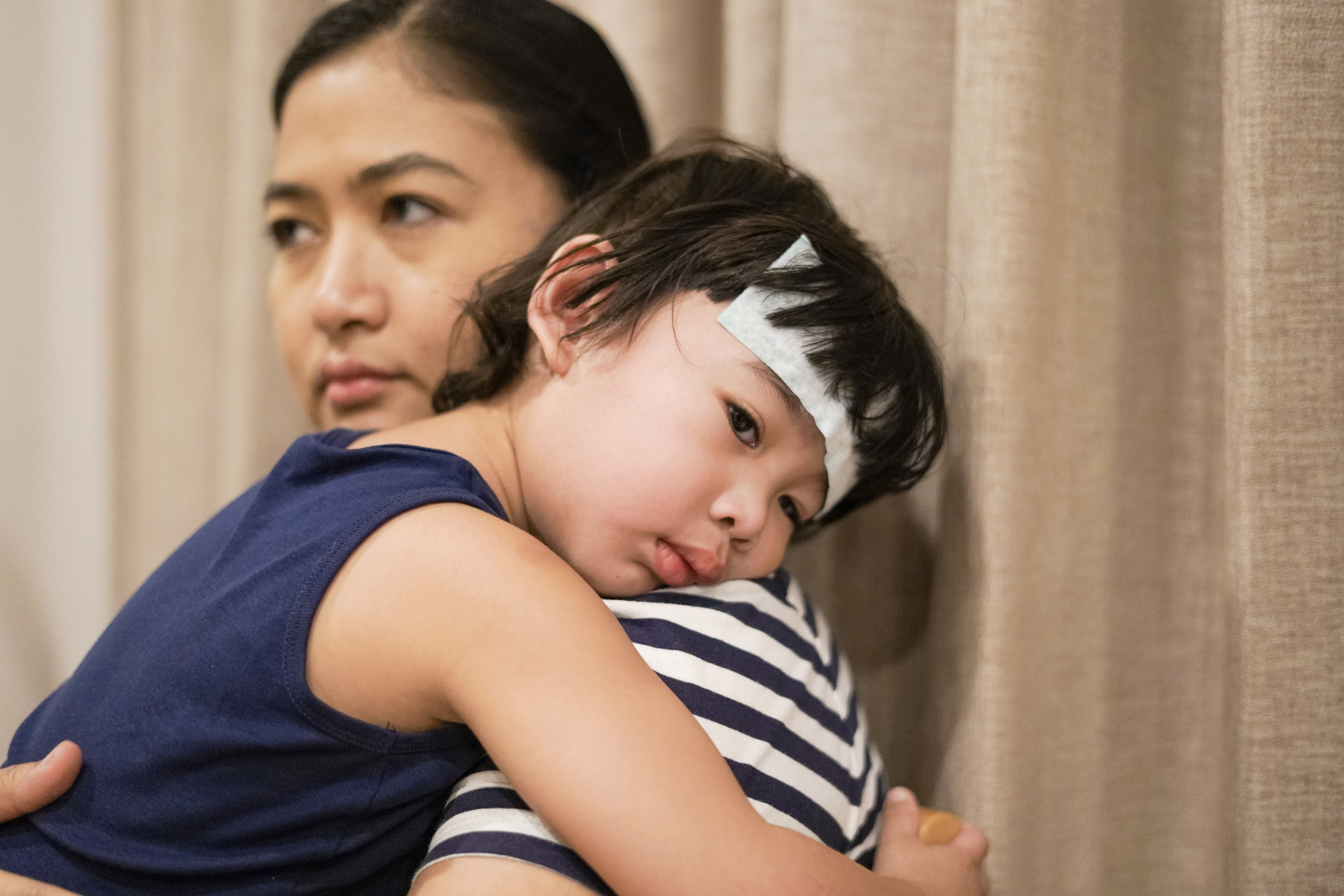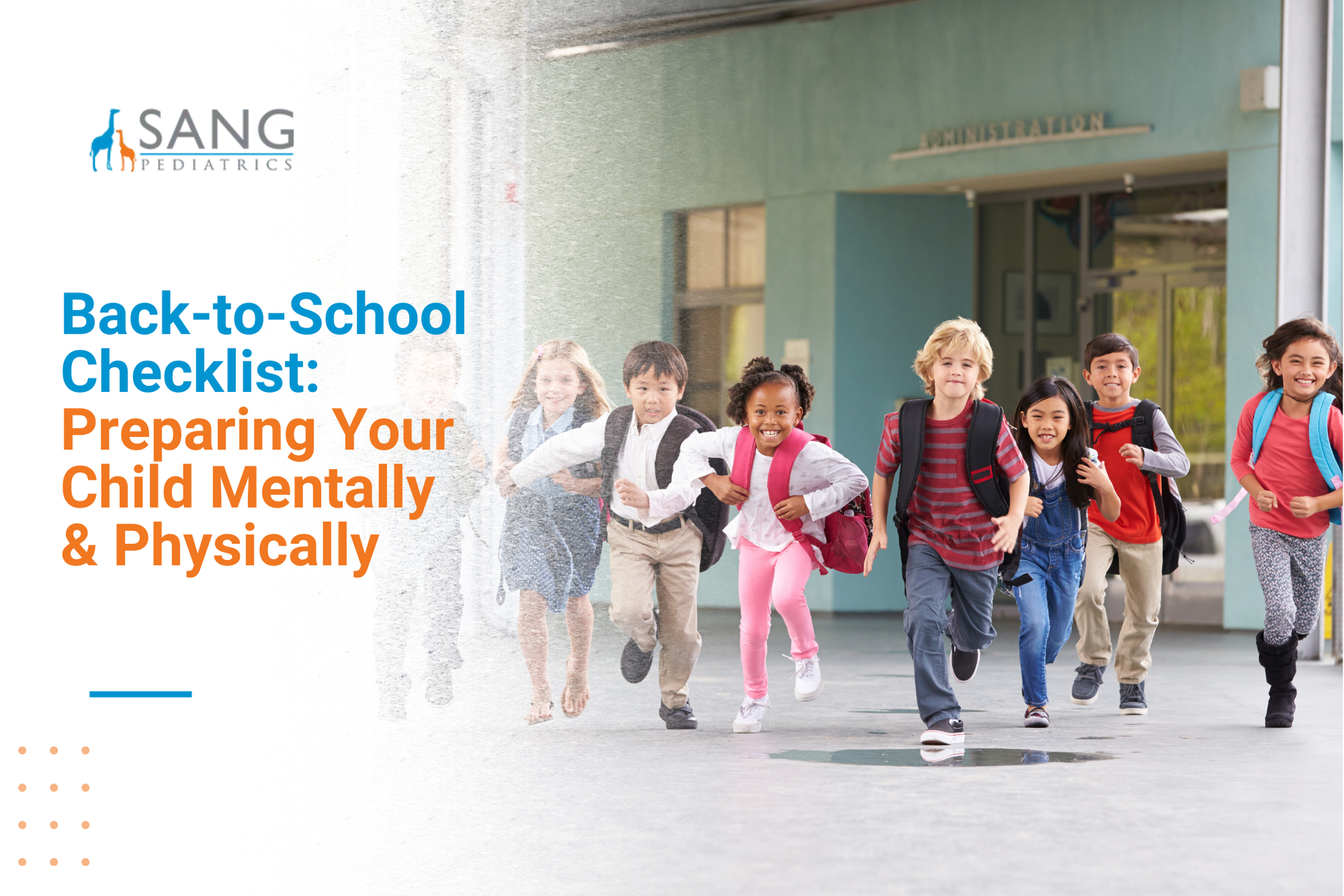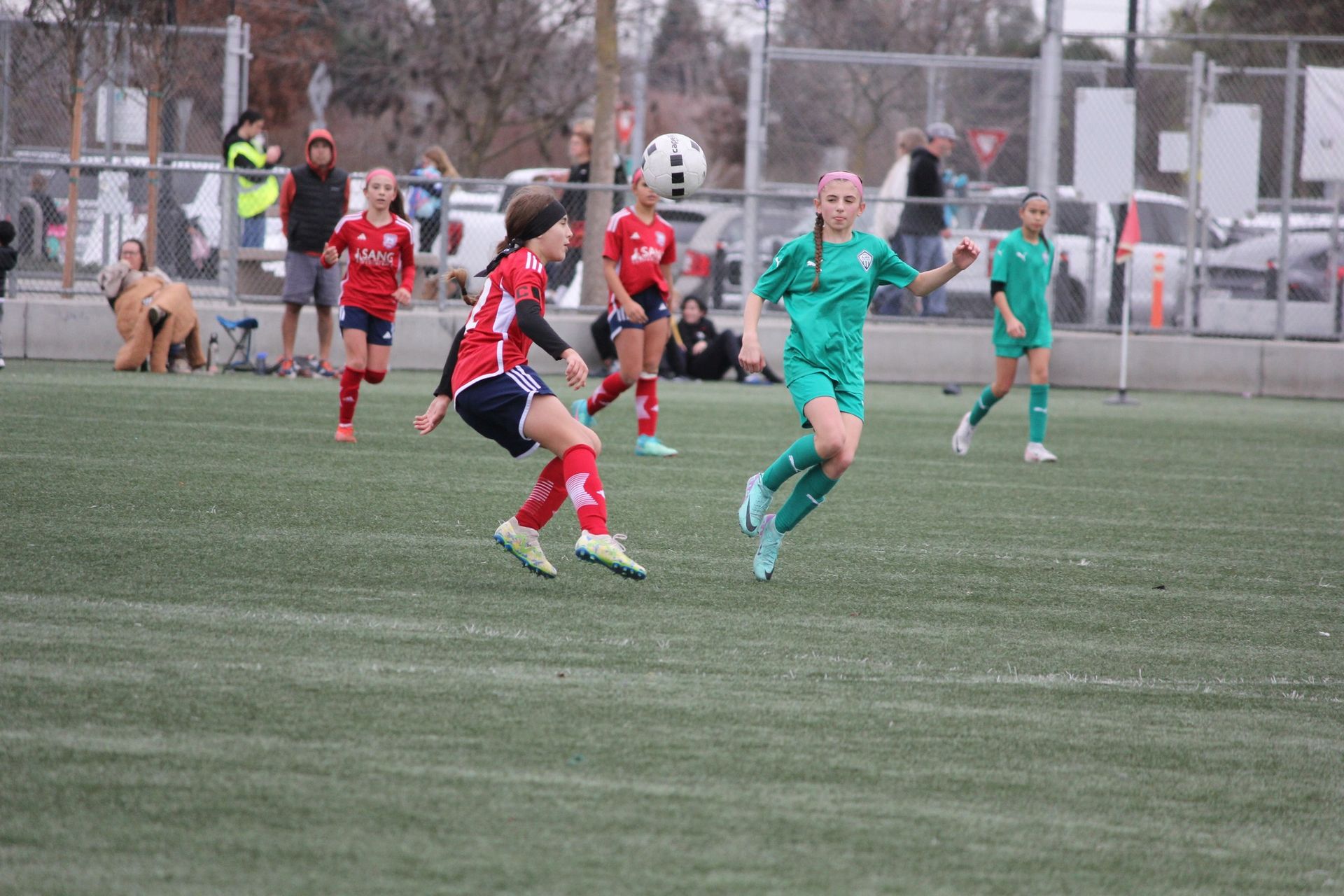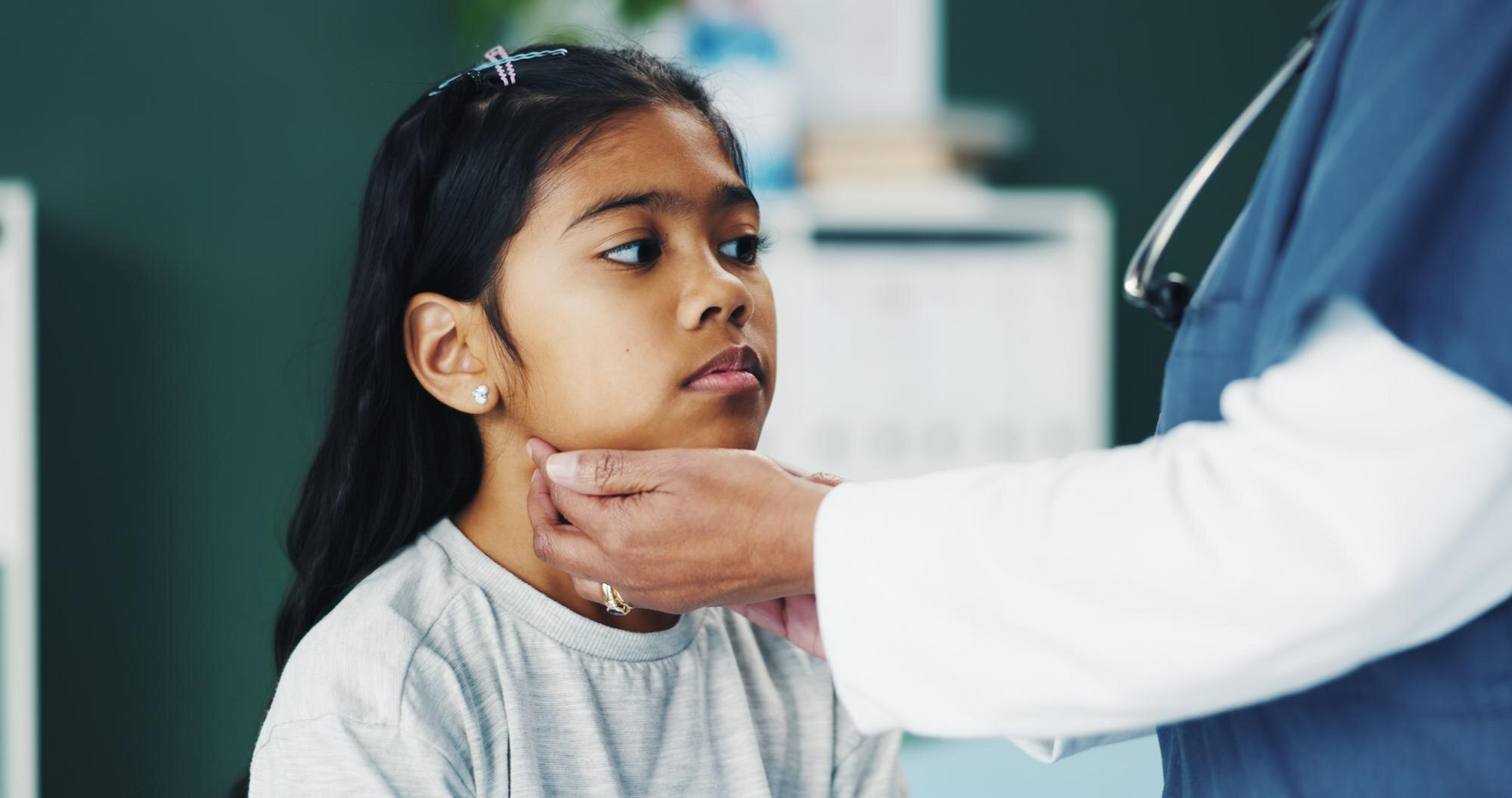What Is a Birth Defect?
The structural or functional abnormalities
resulting from a mental or physical handicap are congenital disabilities (Birth Defects).
Some birth diseases are deadly. Most infant deaths in the United States are caused by congenital disorders, according to the infant Mortality Report by the Environmental Protection Agency (EPA).
The Different Types of Birth Disorders
What causes birth defects is a lack of folic acid during pregnancy. It is advised that you should
take folic acid supplements daily during your first 12 weeks of pregnancy. This will lessen the risk of having a deformed baby.
Further, the March for Dimes foundation, which is
focused on preventing preterm births and congenital disabilities, celebrates the month of January as Birth Defects Prevention Month. It is apt for this month for parents to have a guide on the different types of common birth defects.
1. Spina Bifida
Spina bifida is an example of a birth defect with an unknown cause and a type of neural tube defect (NTD). This birth disease is a problem with the spine that is usually obvious at birth.
Symptoms
Spina bifida can range from being almost harmless to causing leg paralysis and problems with the bladder and bowels.
Treatment
If your baby has this condition, they often need surgery within 48 hours of birth or while still in the womb
.
You can exercise their legs and feet to prepare your baby for walking with leg braces and crutches. Some kids will need to use a wheelchair and work with orthopedists and urologists at some point.
2. Cleft Palate or Lip
Suppose you have epilepsy and take anti-seizure medications like
topiramate or
valproic acid throughout the first trimester. In that case, your baby is more likely to suffer a cleft lip or palate.
Also, genetic and environmental factors likely work together to keep the hard palate, the soft palate, or the upper lip from closing. All of these parts typically separate early in fetal development.
Symptoms
The cleft lip or palate looks like this:
- A lip and palate split on one or both sides of the face.
- A Cleft Lip split that runs from the lip through the upper gum and palate to the bottom of the nose.
- A Cleft Palate splits in the mouth roof that doesn't impact facial appearance as much as an external cleft lip.
Treatment
When your child is about three months old, they should have surgery to correct their cleft lip. While cleft palate surgery is usually done between 6 and 12 months of age to allow for face growth.
3. Congenital Heart Defects
Congenital heart defects are potentially fatal birth defects of the heart found at birth. This condition affects the structure of a baby's heart and how the heart works. Left untreated, these conditions can cause permanent disability or death.
During a
typical physical exam, a doctor can hear an abnormality in your baby’s heart's rhythm, signaled by a murmur. More testing is required to identify whether or not your baby's murmur indicates a cardiac problem.
Severe cardiac defects are visible on the outside. If untreated, the result can be
congestive heart failure, which results in inadequate blood flow to the lungs and other body parts.
Symptoms
The symptoms include:
- a rapid heartbeat,
- difficulty breathing,
- difficulty feeding (leading to insufficient weight gain),
- swelling of the legs, abdomen, or eyes,
- pale, bluish complexion.
Check with your baby's nurse if you have any concerns; sometimes, the signs of a heart problem will become evident in the hospital shortly after birth. Some of these issues can manifest once your child is older.
Treatment
Surgery, medication, or mechanical assistance like a pacemaker can fix or significantly improve your child’s cardiac abnormalities.
4. Clubfoot
This refers to congenital foot deformities in which your infant's foot is twisted out of shape or position. In clubfoot, the connective tissues between the muscles and bone are shorter than usual.
Symptoms
This congenital disability can be mild or severe, and one or both feet can be affected. Mild clubfoot is not painful and won't bother your baby until they stand or talk.
Treatment
The treatment begins 1 to 2 weeks after birth. The Ponseti method
softly moves and stretches your baby's foot and puts it into a cast. This is repeated weekly for around 5 to 8 weeks.
5. Down Syndrome
It is among the common severe birth defects wherein if your child is affected, they have an additional, crucial part of chromosome 21 in their cells. Unknown causes of the extra complete or half chromosome.
Symptoms
The following are the physical traits when your child has down syndrome:
- Flat nose bridge,
- Upturned almond-shaped eyes,
- Short-necked,
- Little ears,
- Exposed tongue,
- Small pinkies that sometimes curl toward the thumb,
- Weak muscles or joints,
- White dots on the eye's iris.
- Tiny hands and feet
- A palm line (palmar crease)
- Shorter children and adults
Treatment
Programs for early treatment can help improve skills. They can include physical, occupational, speech, and educational therapy. With help and care, your child with Down syndrome can live a happy and productive life.
6. Sickle-Cell Disease
Sickle-cell disease is a group of genetic red blood cell disorders that can affect your child's hemoglobin. Hemoglobin is the protein that moves oxygen around the body.
Red blood cells are usually disc-shaped and flexible enough to travel through blood channels. Sickle cell patients have crescent-shaped red blood cells. These stiff cells might obstruct blood flow to the rest of your body.
Symptoms
The main symptoms of Sickle-cell disease are:
- painful episodes
- getting infections often,
- anemia.
Treatment
A blood and bone marrow transplant is the only way to cure your child. After early diagnosis, your doctor can provide medications or transfusions for consequences, including chronic discomfort.
Consult Your Pediatrician for a Diagnosis
When searching for "doctors near me" or "pediatricians in Fresno, California,"
Sang Pediatrics pediatricians are the best choice.
If your child displays signs of congenital disabilities, ask your child’s doctor for help so they can provide an accurate diagnosis and the appropriate treatment.
Call us at (559) 268-1737 to book an appointment.



